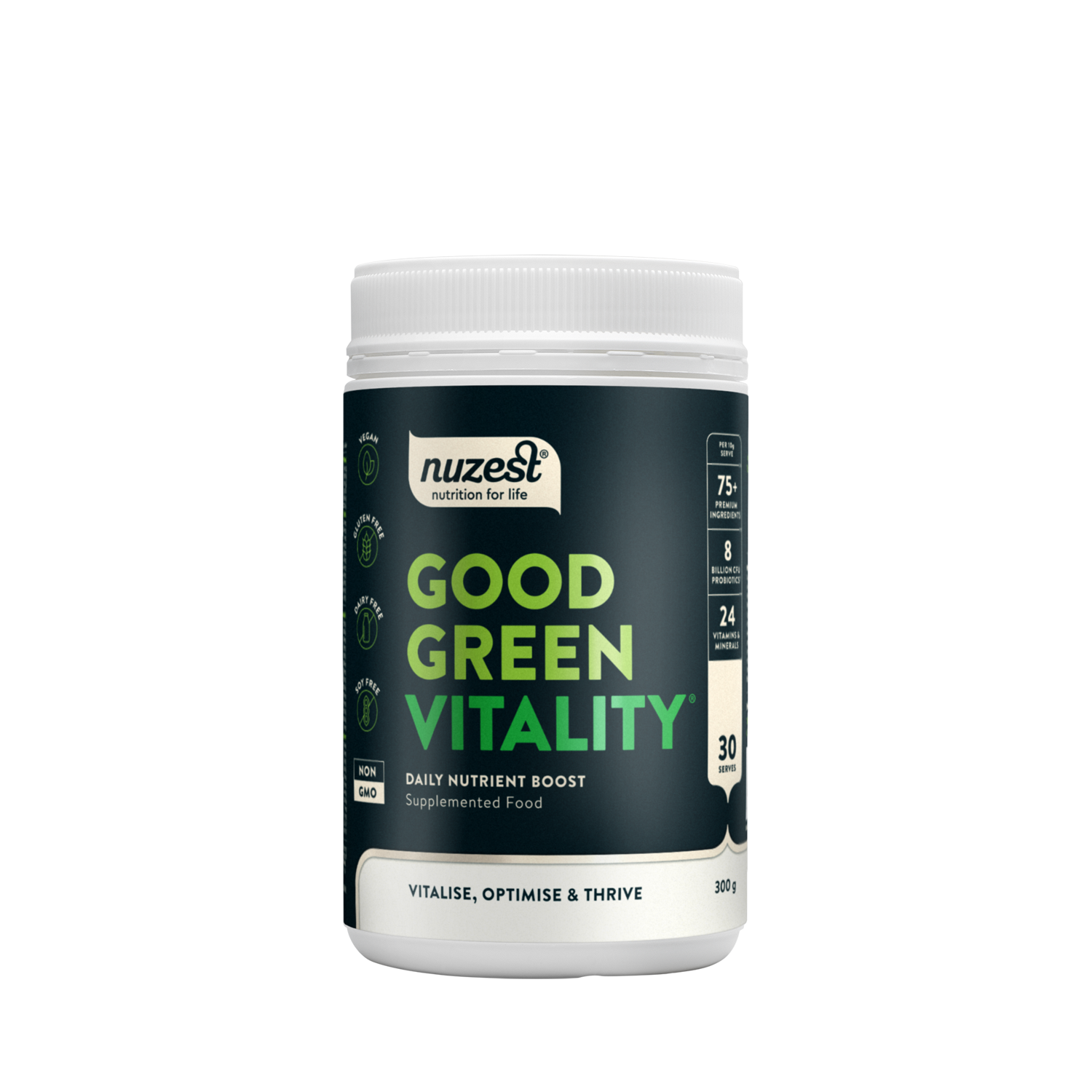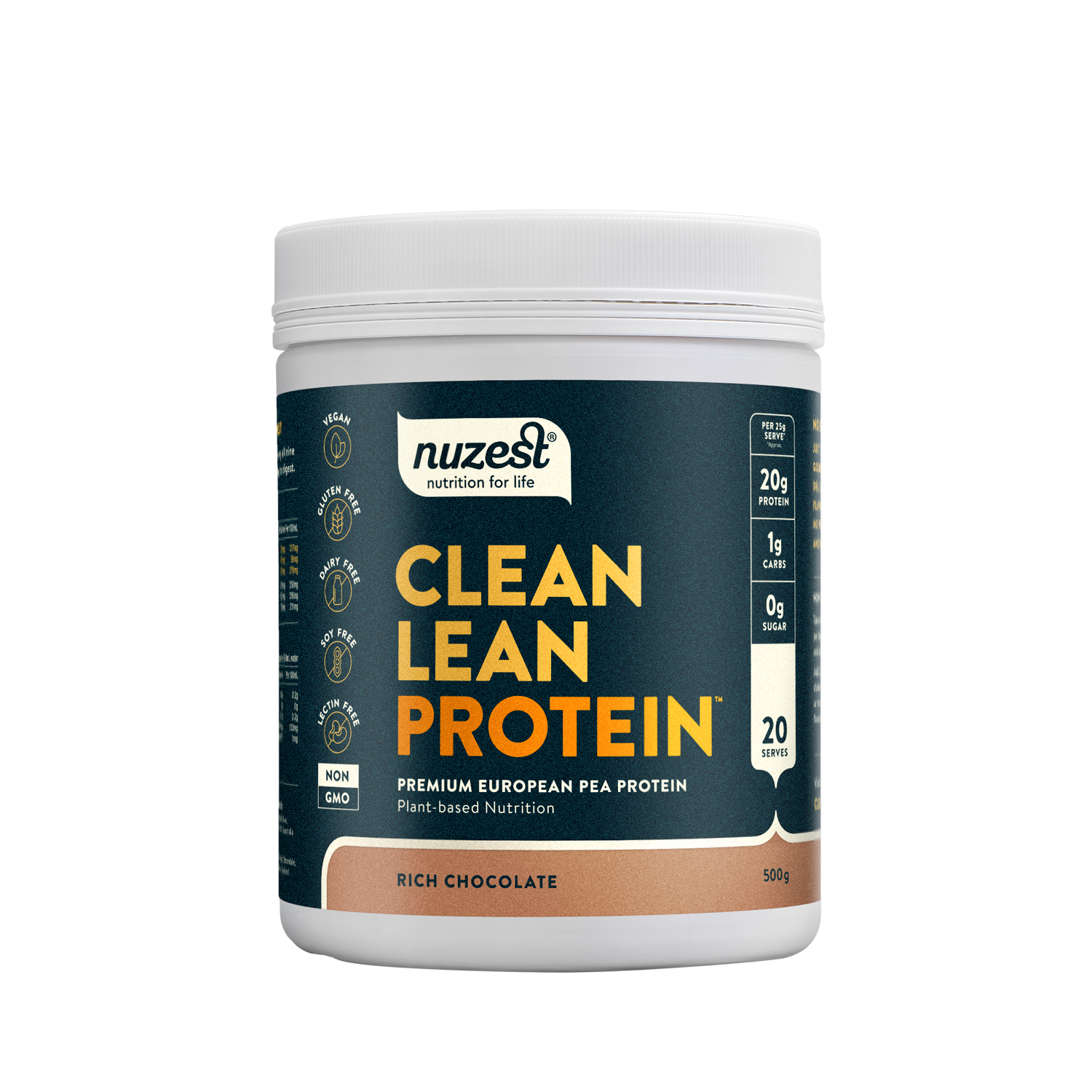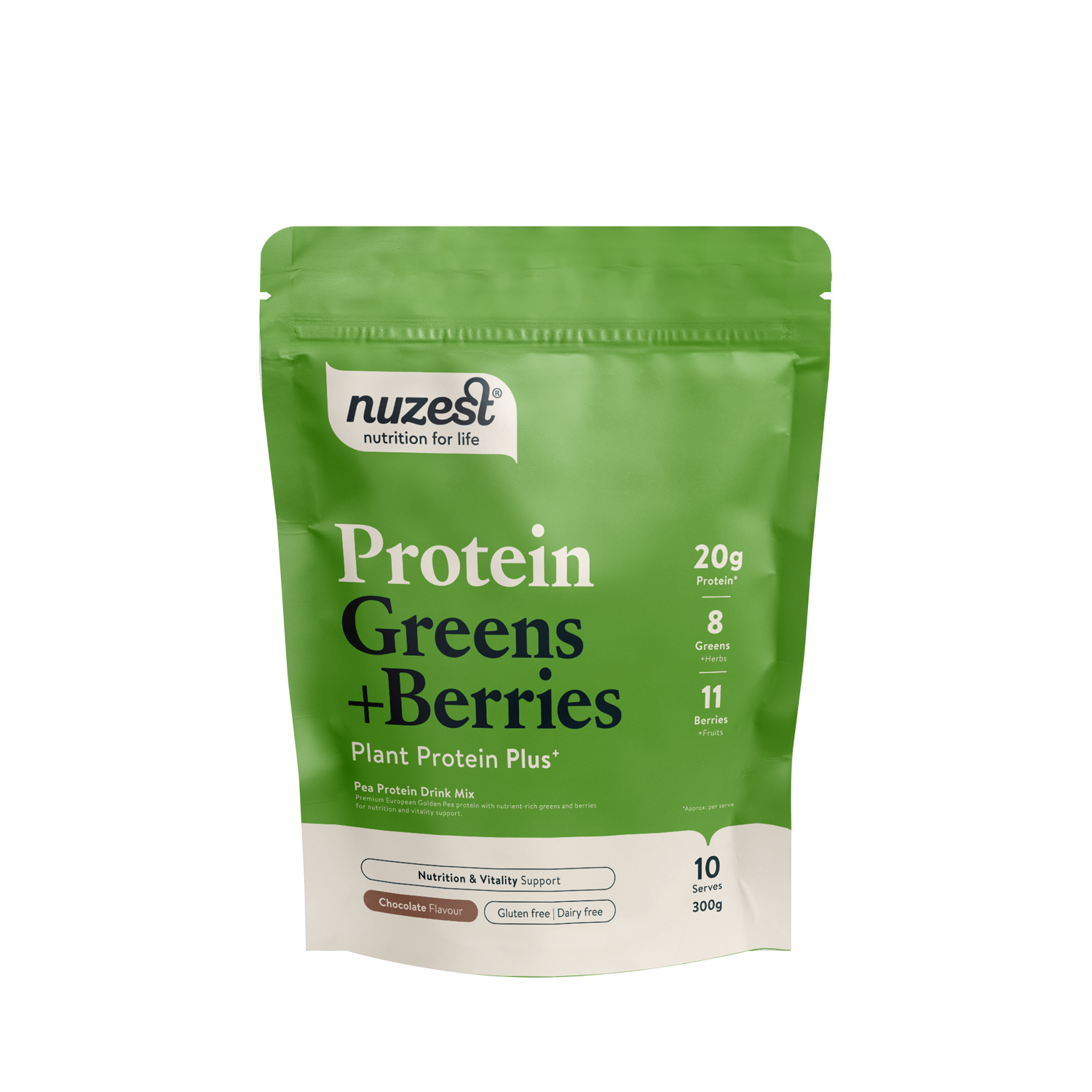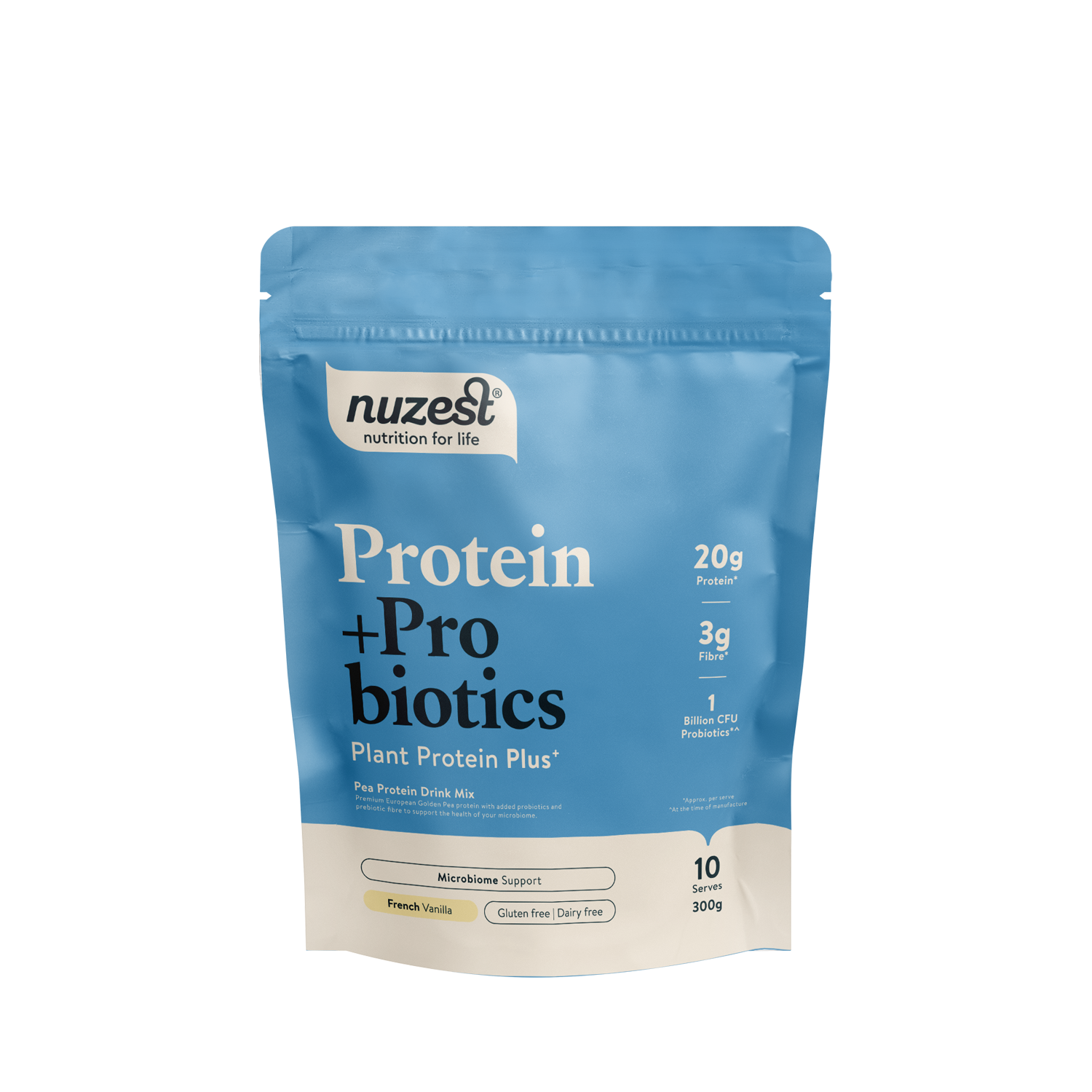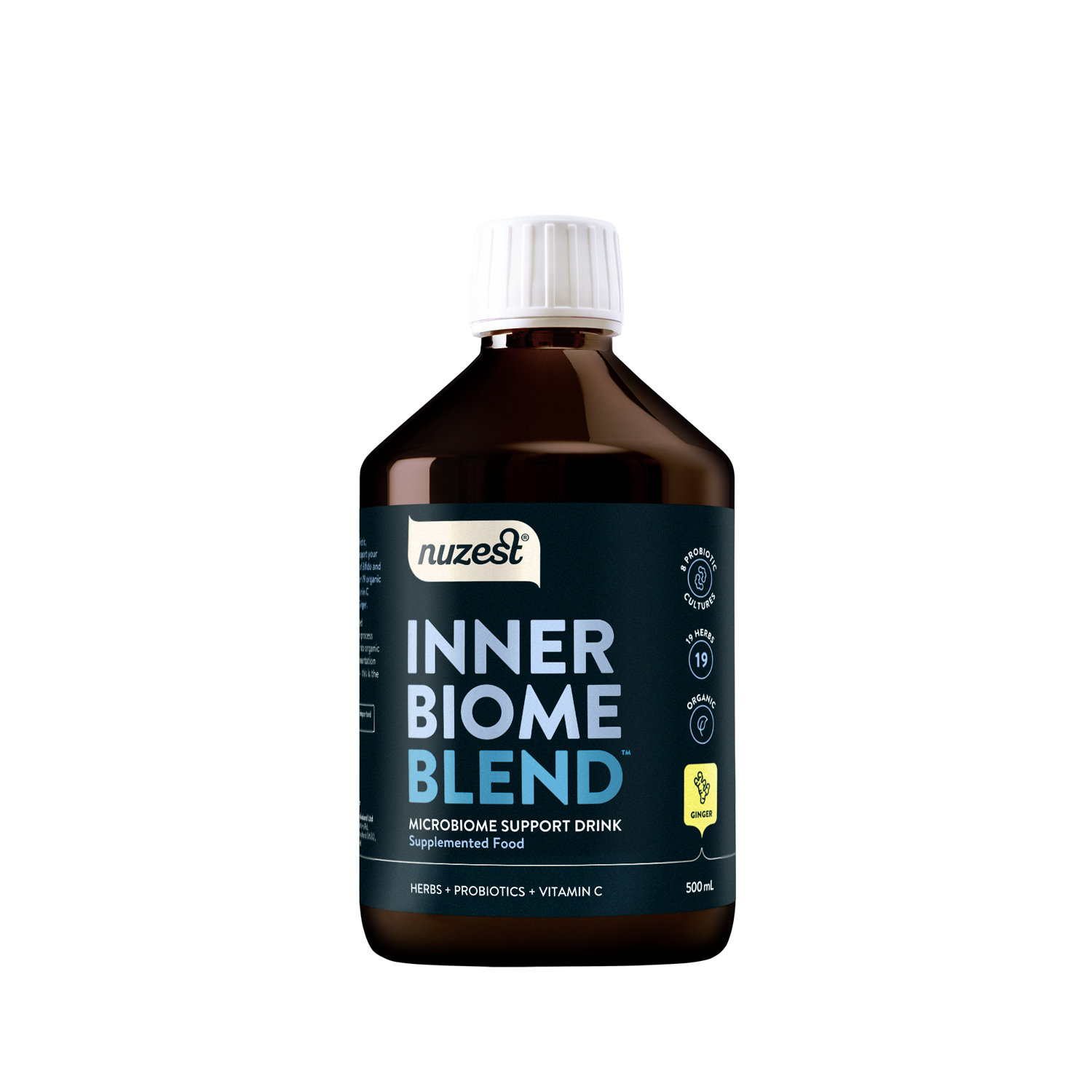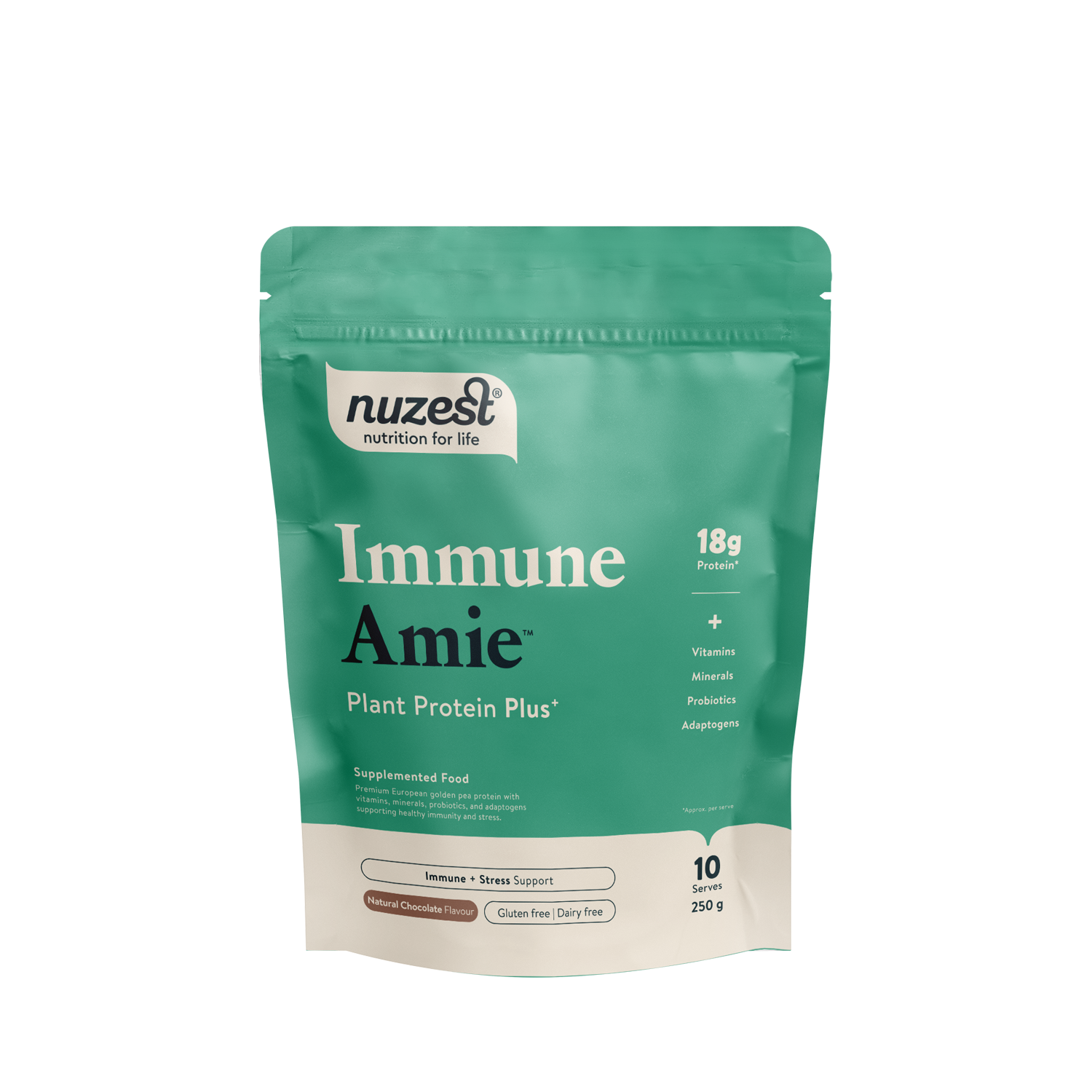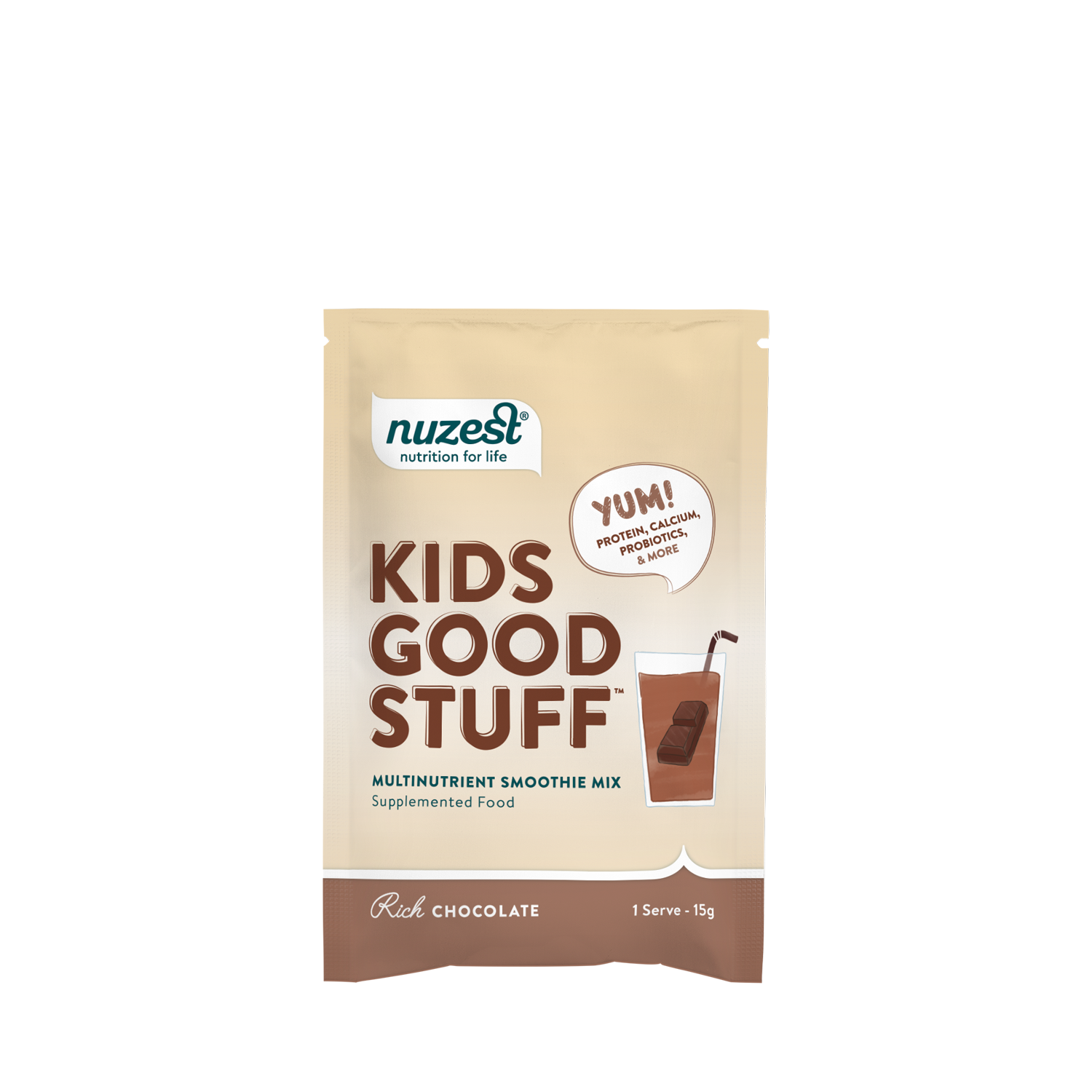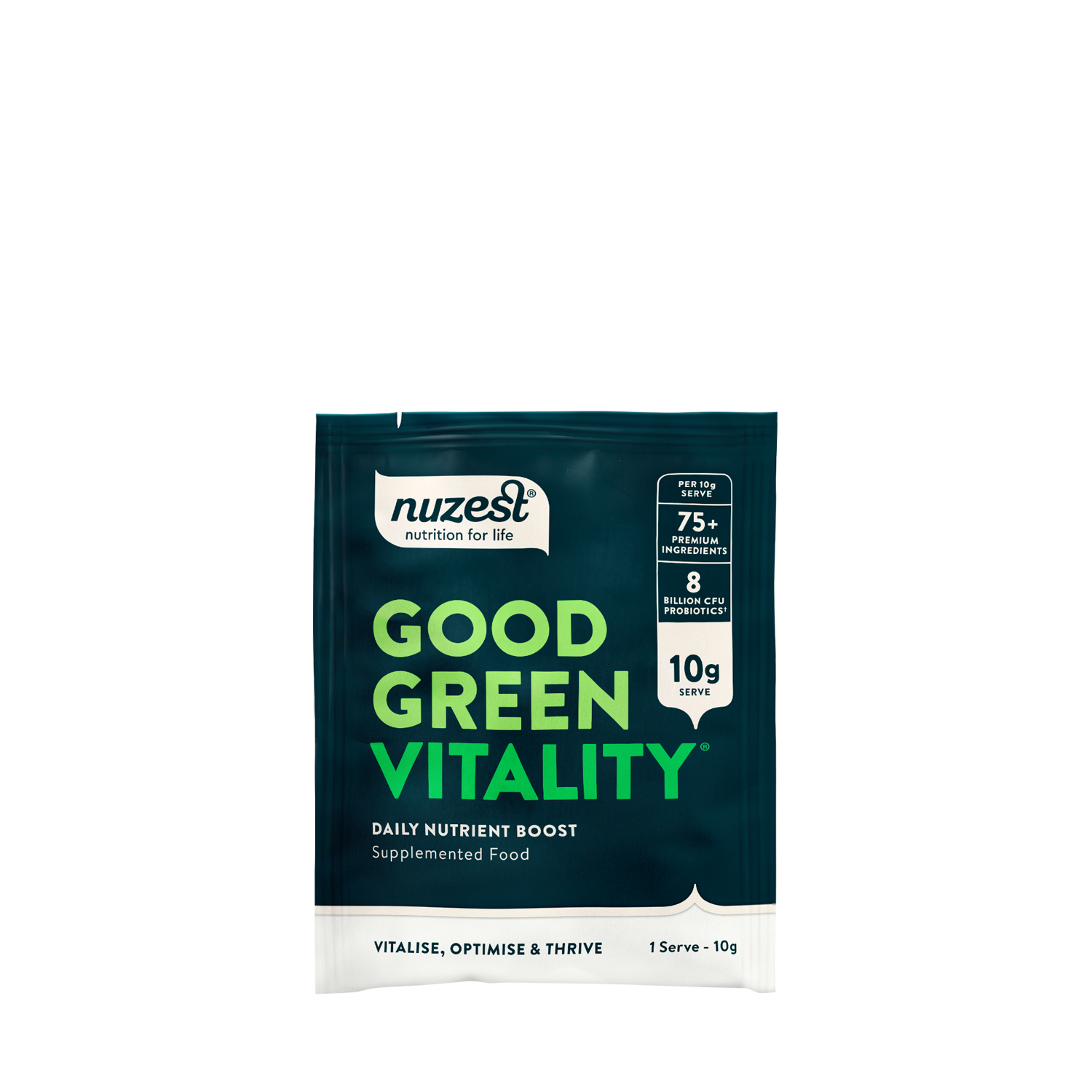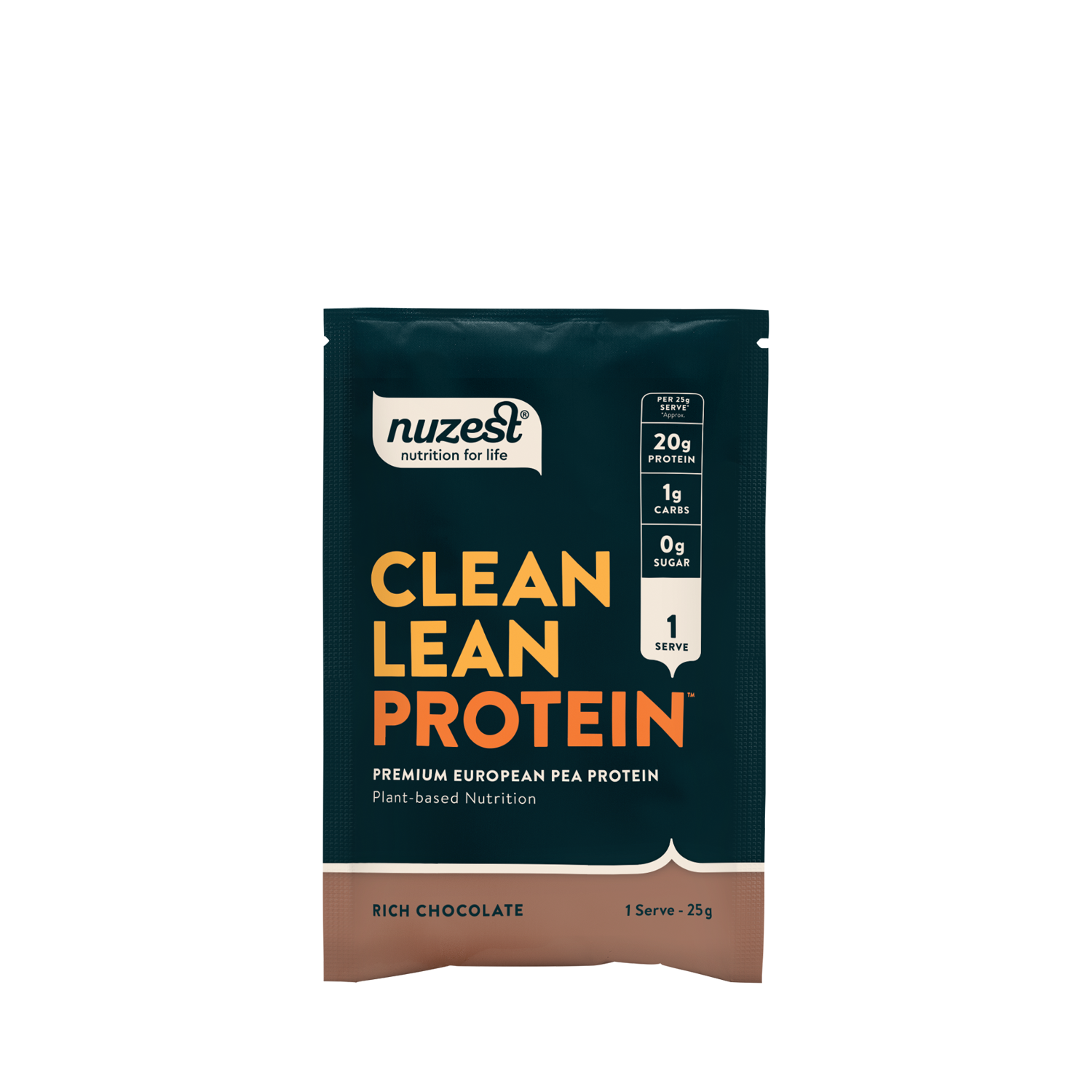How Inflammation Works: Endocrine Conditions

TITLE: How Inflammation Works: Endocrine Conditions
AUTHOR: Eleanor Good (Student Nutritionist)
The endocrine system is a series of glands that produce and secrete hormones that the body uses for a wide range of functions including metabolism, reproduction, growth and movement1. The hormones produced by our glands are sent into the blood stream and are delivered to various tissues in the body to tell them what they are supposed to do. However, when these glands do not produce the right amount of hormones, diseases can develop.
Read on to learn more about some common endocrine conditions and the nutrients that are considered important for various aspects of our health.
The role of inflammation in obesity
Obesity is, by definition, a condition that occurs as the result of abnormal or excessive fat accumulation in the body2. This fat is referred to as ‘adipose tissue’, and it is the most widely recognised feature of obesity. Up until recently, adipose tissue has been thought of as passive tissue responsible only for energy storage. However, it is now considered an additional organ of the endocrine system that is actively involved in the regulation of inflammation[1].
It is thought that excess macronutrient consumption stimulates the production and release of proinflammatory molecules and hormones. This, in conjunction with other pro-inflammatory states common in people with obesity (e.g. insulin resistance, high blood pressure) contributes to systemic inflammation, however how exactly obesity triggers chronic low-grade inflammation is still the focus of wide research3-6.
The role of inflammation in polycystic ovary syndrome
Polycystic Ovary Syndrome (PCOS) is a hormonal disorder common among women of reproductive age. Women with PCOS commonly have high levels of insulin that don’t work effectively, and/or male hormones known as 'androgens’. When the body’s normal response to insulin is impaired, a person is said to display ‘insulin resistance’ – a condition that is present in up to four out of five women with PCOS.
The cause of PCOS is not fully understood, however family history and genetics, hormones and lifestyle play a role7. Chronic low-grade inflammation has also emerged as a key contributor to the development of PCOS, with markers of inflammation being highly correlated with circulating androgens and insulin resistance8.
Can what we eat effect these endocrine conditions?
Lifestyle modification such as increasing physical activity and eating a healthy diet is integral to the management of both obesity and PCOS. Interestingly, research indicated that people who have PCOS and are obese can experience significant health improvements with as little as a 5-10% loss in body weight9. Accordingly, a diet that is rich in protein (the most satiating macronutrient) and fibre from foods such as fruits, vegetables, wholegrains carbohydrates, legumes, beans, nuts and seeds will help with weight management and thus, the long term management of both of these conditions.
The role of inflammation in Cushing’s disease
Cushing’s disease is a condition in which the pituitary gland releases too much adrenocorticotropic hormone (ACTH), stimulating the secretion of cortisol – the body’s main stress hormone. It is thought that long term exposure to heightened cortisol levels may lead to an altered adipose structure increasing systemic inflammation, which may be behind the development of insulin resistance, obesity, and cardiovascular disease which are commonly associated with this condition10.
As Cushing’s disease affects weight and cardiovascular outcomes (e.g. high cholesterol), it may be useful to swap foods that are highly refined, processed and high in saturated and trans fats for foods that contain heart healthy omega-3 fats and are fibre-rich, such as those mentioned above.
The information provided in this article is intended for educational purposes only and is general advice. It should not, nor is it intended to be, relied on as a substitute for individual medical advice or care. If the contents of this, or any other of the blogs in this series raises any concerns or questions regarding your health, please consult a qualified healthcare practitioner.
References
- https://www.hormone.org/what-is-endocrinology/the-endocrine-system
- https://www.who.int/topics/obesity/en/
- Lee, H., Lee, I. S., & Choue, R. (2013). Obesity, inflammation and diet. Pediatric gastroenterology, hepatology & nutrition, 16(3), 143–152. https://doi.org/10.5223/pghn.2013.16.3.143
- Ellulu, M. S., Patimah, I., Khaza'ai, H., Rahmat, A., & Abed, Y. (2017). Obesity and inflammation: the linking mechanism and the complications. Archives of medical science : AMS, 13(4), 851–863. https://doi.org/10.5114/aoms.2016.58928
- Ellulu, M. S., Patimah, I., Khaza'ai, H., Rahmat, A., & Abed, Y. (2017). Obesity and inflammation: the linking mechanism and the complications. Archives of medical science : AMS, 13(4), 851–863. https://doi.org/10.5114/aoms.2016.58928
- Hajer, G. R., van Haeften, T. W. & Visseren, F. L. (2008). Eur Heart J, 29(24), 2959-71
- https://www.betterhealth.vic.gov.au/health/conditionsandtreatments/polycystic-ovarian-syndrome-pcos
- https://www.ncbi.nlm.nih.gov/pmc/articles/PMC3309040/
- https://www.betterhealth.vic.gov.au/health/conditionsandtreatments/polycystic-ovarian-syndrome-pcos
- https://www.endocrineweb.com/professional/cushings/adiposity-may-act-reservoir-pro-inflammatory-activity-cushings-disease
[1] Lee, H., Lee, I. S., & Choue, R. (2013). Obesity, inflammation and diet. Pediatric gastroenterology, hepatology & nutrition, 16(3), 143–152. https://doi.org/10.5223/pghn.2013.16.3.143

